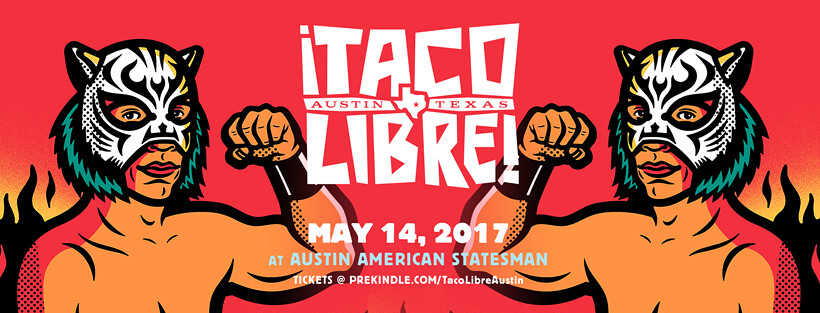Before you familiarize yourself with the amazing flavors of tacos, take a minute to get to know the rich language of tacos.
Adobada: Marinated meat. Adobo, the word’s root, is Spanish for marinade.
Barbacoa: Translated literally as barbecue, this preparation is traditionally cooked, or smoked, underground covered by maguey leaves. Contemporary versions of barbacoa in the United States are steamed or braised on a stove top or in an oven. There is no standard meat for barbacoa, although classically whole head is used. It can be beef, common in Texas and northern Mexico, goat, common in the south, or lamb. It can also be any part of an animal, including the cheek or tongue.
Birria: A stew made of goat or lamb meat. Traditionally cooked underground, it’s commonly prepared in the oven or on the stove top.
Bistec: Beefsteak. Cooked on a griddle or a grill and finely chopped.
Borrego: Lamb.
Cabeza: Head meat. Tacos de cabeza can be served from any part of the head, including cheek, or be served as a mix of headmeats, such as eyes, tongue, cheek and sesos.
Cabrito: Kid goat.
Cachete: Cheek, usually beef.
Carnitas: Most often served as pork butt simmered and fried in its own fat.
Carne asada: Grilled steak.
Chicharrones: Pork rinds.
Chivo: Goat.
Guisado: Stew. It’s an umbrella term for a range of preparations, like asado de chicharrones and bistec con papas. They are also tacos de cazuela, named for the cooking vessel—the clay pot in which the stews are prepared.
Lengua: Cow tongue, usually braised and presented chopped.
Mixta: Mixed meat
Nixtamal: The result of nixtamalization, the process whereby corn is soaked in an alkaline solution, such as lime water, to remove the outer hull. It increases the nutritional value of corn, allows for an easier grinding and protects against pellagra, a disease due to a severe niacin or tryptophan deficiency. Nixtamal is what traditional corn tortillas have been made from for millennia.
Nopales: Cactus pads.
Al pastor: Translated as shepherd style, al pastor is one of the signature taco styles from Mexico City. Fillings prepared al pastor are traditionally cooked on a vertical rotisserie called a trompo, though not always. Some taquerías cook their al pastor on a griddle or grill. The meat, usually pork, is marinated in a mixture of chile, spices and sour orange juice. If cooked on a trompo, it is called a taco de trompo.
Salsa roja: Tomato-based red salsa.
Salsa verde: Tomatillo-based green salsa.
Sesos: Cow brains.
Suadero: The quintessential Mexico City taco filling, this is a member of the tacos de fritanga group (or fried meats tacos). It’s a beef brisket cut that’s twice cooked. First it’s fried. Then, it’s finished on a flattop grilled. The meat should have a crusty exterior and a soft interior.
Tacos dorados: Deep-fried tacos.
Tacos al vapor: Steamed tacos. Also called sudados (sweated) or de canasta (basket). The latter is a morning (or breakfast, if you will) taco prepared at the vendor’s home then placed in layers separated by towels in a basket. En route to the vendor’s stop, the tacos steam.
Tortillas hechas a mano: Handmade tortillas, of either corn or flour. These tortillas have never felt the heat of an industrial tortilla machine.








Pingback: Taqueria Las Marias | The Taco Trail